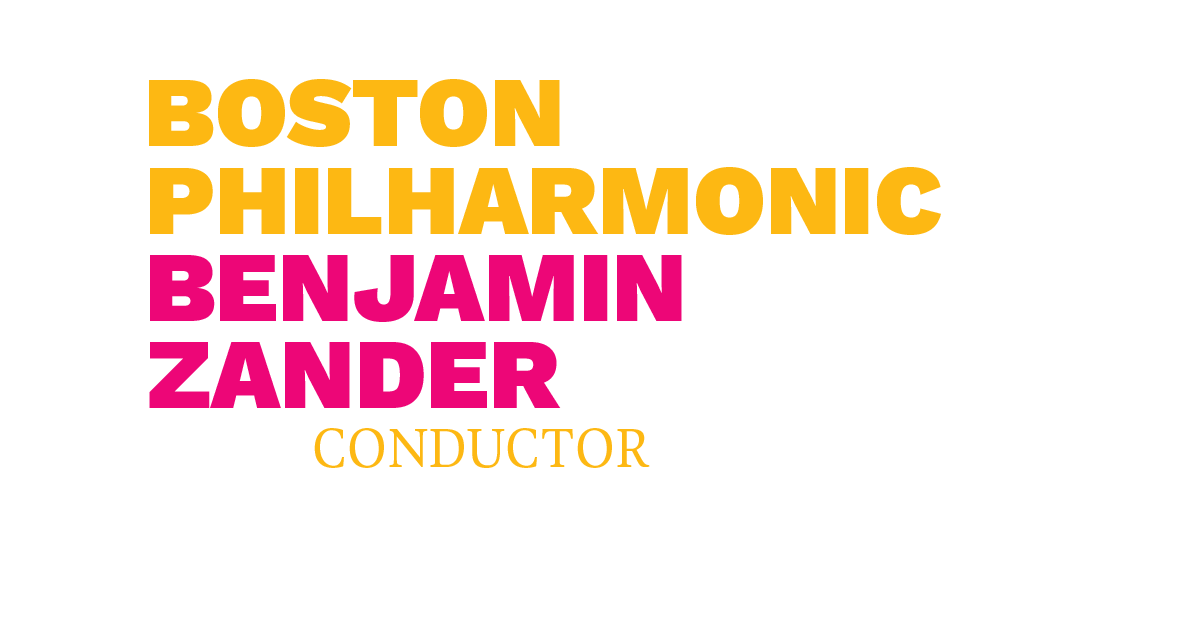
The BPYO in front of Prague’s Rudolfinum.
“Prague won’t let you go,” Franz Kafka once noted. “The little mother has claws.” He didn’t mean that as a compliment: the author apparently hated the Czech capital and “the little mother” is not a term of endearment; in another translation the phrase is rendered as “the old crone.”
But his isn’t a sentiment shared by anyone in the BPYO. Instead, I wouldn’t be surprised if Prague ends up as the tour’s favorite destination. Why shouldn’t it? The only major European city to largely escape destruction in the 20th century’s conflagrations, it is not only fascinatingly varied in terms of color, architecture, and style, but it’s eminently walkable – not to mention affordable, at least when compared to Switzerland.

Prague’s Old Town square, with the statue of Jan Hus to the right and the Tyne Church towering. in the background.
Many of its streets wind like cowpaths. In fact, they make Boston’s seem like a child’s playground by comparison. One might easily spend a week wandering Prague’s alleys and byways and not once get bored. For instance, you could find a Medieval chapel tucked down one lane in the Lesser Town, a Gothic tower on another in the Old Town, a Rococo theater here, Frank Gehry’s Dancing House there.
By themselves, all these spots tell tales. Taken together, they give the city the vibe of a living, epic tome that ties together the buildings, food, music, visual art, nature, and history of more than eleven centuries. I know of no other place like it and one might legitimately wonder if Prague looks and feels how the rest of Europe would have, had not the human propensity for destruction intervened and leveled most of the rest of the continent’s great cities once or twice over the last hundred or so years.
Either way, one can appreciate some of Prague’s distinctiveness from pictures. But to really begin to comprehend the place, you need to be there in person. And although we were only in town for about forty-eight hours, we utilized that time like pros.

Members of the BPYO cruising on the Moldau.
Our visit kicked off with a dinner cruise down the Moldau on Sunday night. The weather was ideal, the city shimmered in the moonlight (as well as its own illumination), the food was tasty, and the company convivial.
Then, on Monday morning, we visited Prague’s Jewish Quarter. Once home to Europe’s largest Jewish population, the area now consists primarily of museums and shops – though also the Old-New Synagogue, the oldest active house of assembly in Europe (completed in the late 13th century), and the Old Jewish Cemetery.

The Old-New Synagogue in Prague’s Jewish Quarter.
That the Quarter exists as a venue for tourists owes, ironically, to the German occupation of 1939-45: the Nazis intended, as our tour guide put it, to make the zone an exhibition “to an extinct race.” Accordingly, once the neighborhood’s inhabitants had been dispatched to the extermination camps, the occupiers preserved much of the property they stole. After the war, the former ghetto indeed became blocks-long gallery, but of a very different type than originally intended.
By far the most sobering place to visit is the Pinkas Synagogue. All of its walls – two floors worth – are inscribed with the names of over 80,000 Bohemian and Moravian Jews murdered during the Holocaust.
On the second floor, off the main part of the building is the most gutting display: artwork made by children held captive in Theresienstadt. As with the rest of the building, their birth and death dates, and sometimes pictures, accompany drawings of fields, rainbows, animals, classrooms in a concentration camp, and, in one harrowing instance, a hanging.

Names of Holocaust victims inscribed on the walls of the Pinkas Synagogue.
If you want to understand the anguish and fury at the heart of the second movement of Mahler’s Fifth Symphony, the Pinkas Synagogue is a great place to start. True, that’s an anachronistic interpretation: the music was written a full forty years before the Final Solution became government policy.
But Mahler knew and experienced the very antisemitism that eventually fired up an Austrian rabblerouser and led to Auschwitz. At any rate, it’s hard not to hear that movement’s pecking woodwind figurations as a kind of heartless mocking at the painfully leaping sighs that turn into its mournful second subject.
Mercifully, the rest of Monday was less emotionally fraught.
Following a free hour or so for lunch, the BPYO reconvened a few blocks away at the Rudolfinum. The latter is, as I have it from him, Benjamin Zander’s favorite concert venue. It’s not hard to see why. Though the main stage, Dvorak Hall, is small (seating less than 1000), its acoustic is one-of-a-kind: warm and resonant, yes, but also taking on a sort of creamy sheen.

The BPYO’s viola section playing Mahler’s Fifth Symphony in the Rudolfinum.
The spot certainly flattered the BPYO during its rehearsal and, later on, in the evening’s concert. The latter showcased an ensemble that seemed to have settled even more – and over just two days – into the Mahler.
Whether or how the group’s visit to the Jewish Quarter influenced their performance is hard to say, but whole stretches of its first two movements took on the aspect of a procession to the Old Cemetery. Ben didn’t emphasize the music’s phrase structure as much in Prague as in Basel, but he didn’t have to: there was a becoming naturalness to the night’s playing that was new to the tour.
The finale, too, felt more secure and energized than it did in Switzerland. Though there were some dropped notes and the group’s coordination in its busier sections should get tidier as we go on, there was a lightness to this movement’s counterpoint that was missing before. The results weren’t just characterful but life-affirming, as was evidenced by the many smiles and general good humor around the BPYO afterwards.

Benjamin Zander conducting the BPYO at the Rudolfinum.
But it was in the Scherzo and Adagietto that the orchestra’s performance reached its zenith.
The latter is ferociously hard to play, not to mention coordinate. Yet, on Monday, the orchestra locked in early and never went off-track. Ben drew out the music’s lusty, lilting character with aplomb and the players got its rollicking polyphony to dance. The second half went from strength to strength: by the time the hammering coda rolled around, the BPYO was playing at about as high a level as I’ve ever heard them reach.
That sense of purpose carried into their serene account of the Adagietto. Yet for all its spaciousness, the music never felt slow. Again, Ben had a firm grasp of the movement’s shape and the orchestra, led by Shaylen Joos’ warmly articulate account of the famous harp solo, responded in kind.

BPYO principal harp Shaylen Joos and BPYO violins playing the Adagietto in the Rudolfinum.
During the afternoon’s rehearsal, Ben chose to cut the string section down for the Schumann Cello Concerto and the results told immediately: even in that abbreviated run-through, Zlatomir Fung’s playing took on a flexibility it hadn’t previously displayed.
Accordingly, his rendition of the work that night exhibited a new character – more flexible, free, and conversational – than in Basel. The cello duet in the gorgeous “Langsam,” again, sang tenderly; this time, the buttery warmth of the hall gave it a special glow. And the finale snapped with vigor.

Zlatomir Fung playing Bach.
Zlatomir rewarded the house with two encores: a reprise of the Schumann slow movement and the “Sarabande” from Bach’s Cello Suite No. 1. Both showcased what those of us who’ve had the privilege of hearing him play over several years already know: before us is a true artist of the first rank.
Ben has been in strong form these last days, too, both collaborating with Zlatomir and drawing out the best from the BPYO. Some of that probably owes to the repertoire, some to the destinations we’re visiting: while he’s often in good spirits during these tours, he seemed positively giddy to be in Prague. On the dinner cruise, he mentioned to me how much he loves the place and, as part of his introduction of Elgar’s “Nimrod” on Monday, proceeded to share as much with the night’s audience.

Lauren Radnofsky, Benjamin Zander, and BPYO managing director Elisabeth Christensen sharing a moment during Sunday night’s dinner cruise.
Predictably, they were delighted to hear it, so much so that they evidently didn’t want to let the orchestra leave the stage, applauding and demanding more curtain calls until the players started shaking hands with one another and walking off. Sad as it was to see that concert end, there wasn’t much time to lose: after a late dinner everyone needed to get ready for Tuesday’s 7-hour train ride to Hamburg.
But not to worry. Kafka, as Fate would have it, was right: Prague won’t let us go. Her claws are drawing us back Thursday night for a quick layover before proceeding to Vienna and the homestretch of this adventure.

Benjamin Zander and the BPYO taking their bows after Mahler’s Fifth.
Photo credits: Paul Mardy





